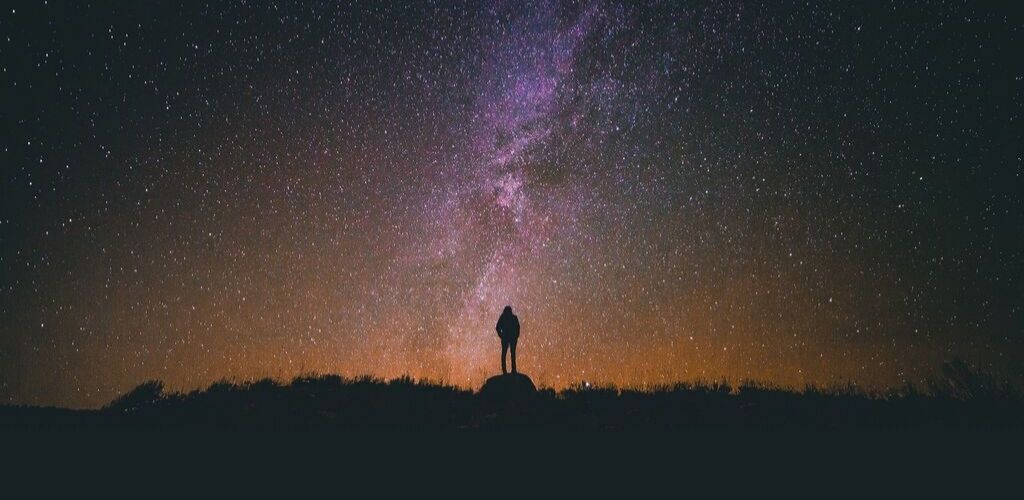
Whether you use your eyes, binoculars or a telescope, there is a lot to see at the end of the year.
Click on your location: Northern hemisphere | Southern hemisphere
Northern hemisphere
Star map from November to December in the Northern hemisphere
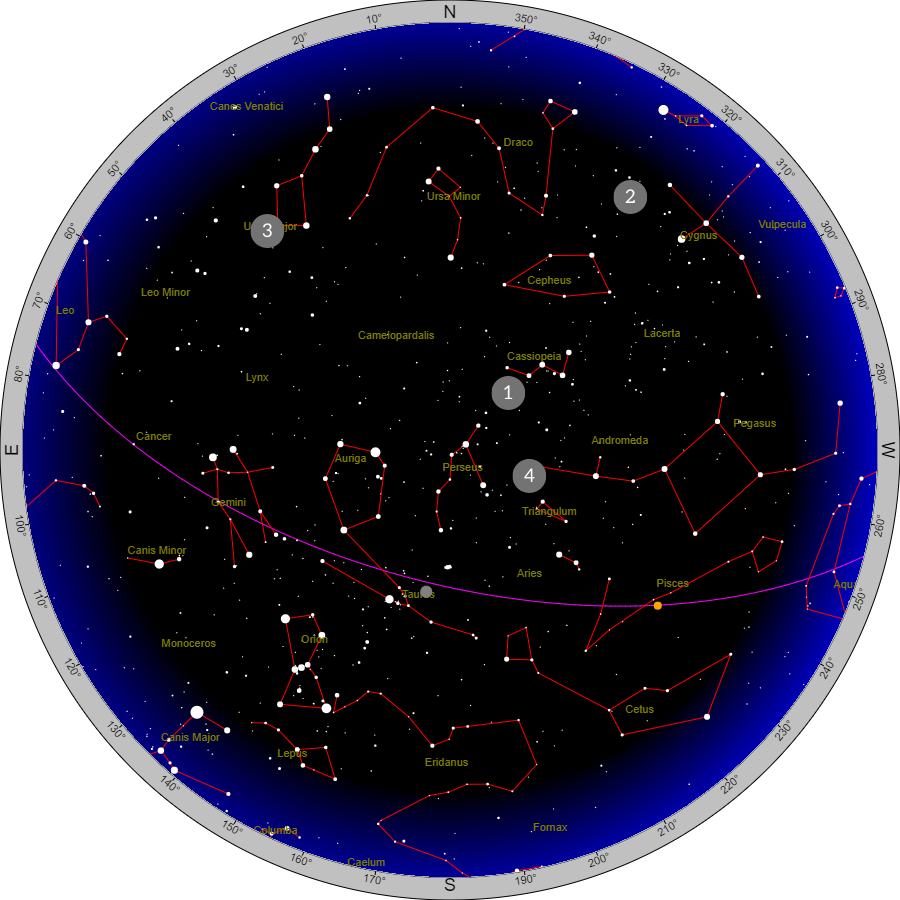
1) NGC 663
Observation hours: all night.
This young star cluster of a few hundred stars shines like a crown jewel in the Cassiopeia constellation. It is located between the Ruchbach and Segin stars (Delta Cassiopeiae and Epsilon Cassiopeiae) and can be observed using binoculars or a small telescope. A larger telescope will allow you to admire this sparkling field of lights like a swarm of fireflies.
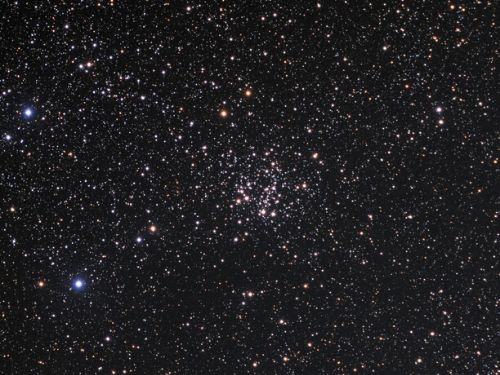
2) Blinking Planetary Nebula (NGC 6826)
Observation hours: all night.
Why does this little nebula blink when viewed through a telescope? It is an illusion caused by the brightness of the central star which illuminates the gas and the dust which surrounds it. It is located in the feathers of the constellation of Cygnus, near the star Theta Cygni.
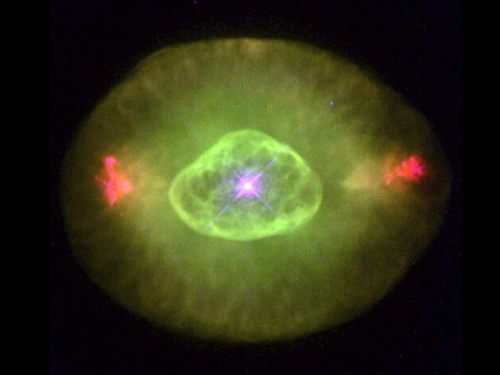
3) Owl nebula (M97 or NGC 3587)
Observation hours: all night.
To understand its name, you need to observe it with a large telescope. Its big eyes are watching us 2600 light years away. It is said to be under 6000 years of age. This young nebula is visible a few degrees from Merak.
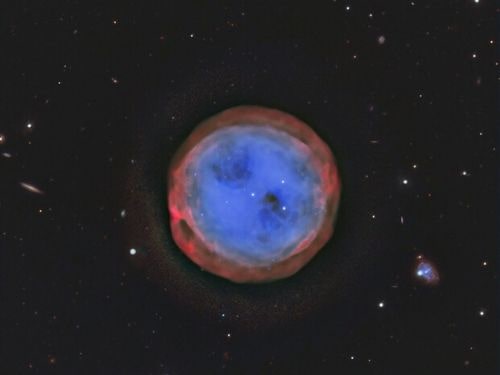
4) NGC 752
Observation hours: all night.
Although its discovery was attributed to Herschel in 1783, it would have been spotted for the first time by Hodierna in the 17th century. This is why some people call it the Hodierna cluster. It is located in the Andromeda constellation, about 5 degrees southwest of the star Almach in the direction of the Triangulum constellation.
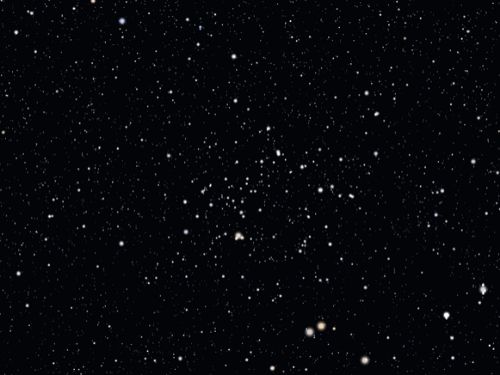
Southern hemisphere
Star map from November to December in the Southern hemisphere
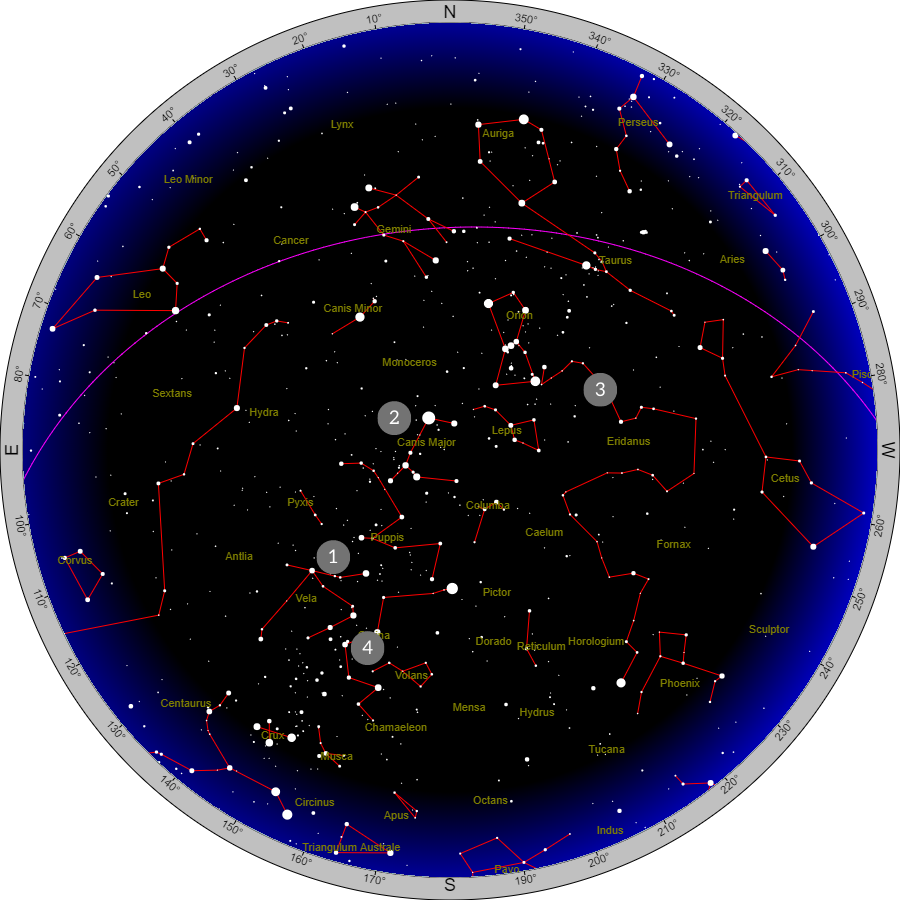
1) Regor (Gamma Velorum)
Observation hours: all night.
Named Regor by astronaut Gus Grissom of the Apollo mission in honor of his friend Roger, this star system of at least six stars appears like a small open cluster. Its brightest object is a pair of stars observable with binoculars. Regor is the celestial object that joins the Vela constellation and the Carina constellation, formerly known as the Ship Argo constellation.
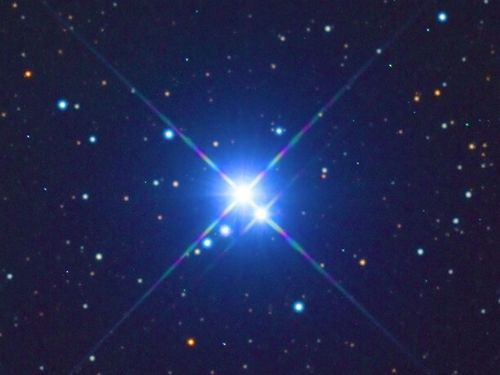
2) M41
Observation hours: approximately one hour after dark.
Discovered by Hodierna, M41 is one of the largest open clusters. It shines in the Canis Major constellation about 4 degrees south of Sirius, the brightest star. Even if their brightness varies considerably, more than a hundred stars of this cluster are visible with a large aperture telescope.
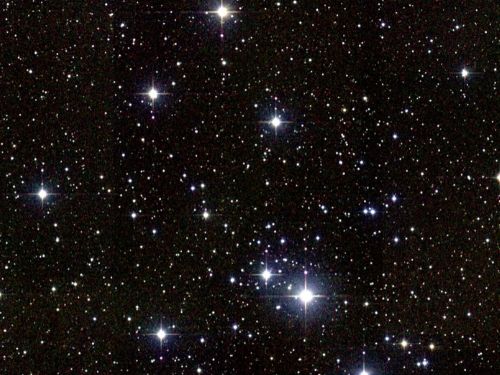
3) NGC 1300
Observation hours: after dusk and all night.
Like the Milky Way, NGC 1300 is a barred spiral galaxy, discovered 200 years ago by John Herschel. Distant from Earth by almost 61 million light years, its size is close to our galaxy. Located barely 2 degrees north of 16 Eridani, it can be observed using a large telescope.
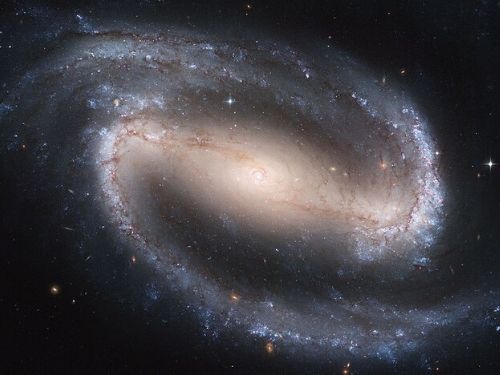
4) NGC 2808
Observation hours: all night.
Visible to the naked eye, this globular cluster is located in the Carina constellation. To locate it, simply point your telescope about 2 degrees northeast of the Alpha star in the neighboring Piscis Volans constellation. Binoculars or a telescope will allow you to observe some of its millions of stars.
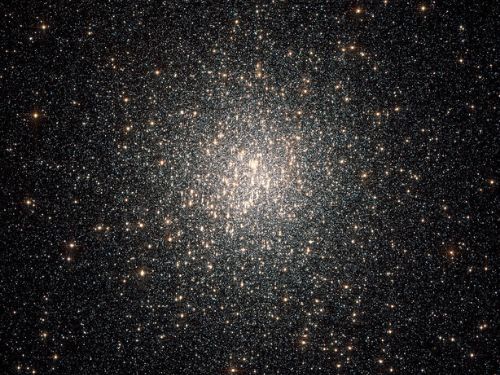

Image credits
- NGC 663: Hewholooks / CC BY-SA (https://creativecommons.org/licenses/by-sa/3.0)
- Blinking Planetary Nebula (NGC 6826): Bruce Balick (University of Washington), Jason Alexander (University of Washington), Arsen Hajian (U.S. Naval Observatory), Yervant Terzian (Cornell University), Mario Perinotto (University of Florence, Italy), Patrizio Patriarchi (Arcetri Observatory, Italy) and NASA / Public domain
- Owl nebula (M97 or NGC 3587): Göran Nilsson & The Liverpool Telescope / CC BY-SA (https://creativecommons.org/licenses/by-sa/4.0)
- NGC 752: Roberto Mura / CC BY-SA (https://creativecommons.org/licenses/by-sa/3.0)
- Regor (Gamma Velorum): Paulo Cacella
- M41: Two Micron All Sky Survey (2MASS), a joint project of the University of Massachusetts and the Infrared Processing and Analysis Center/California Institute of Technology, funded by the National Aeronautics and Space Administration and the National Science Foundation. / Public domain
- NGC 1300: NASA, ESA, and The Hubble Heritage Team STScI/AURA) / Public domain
- NGC 2808: NASA, ESA, A. Sarajedini (University of Florida) and G. Piotto (University of Padua (Padova)) / Public domain